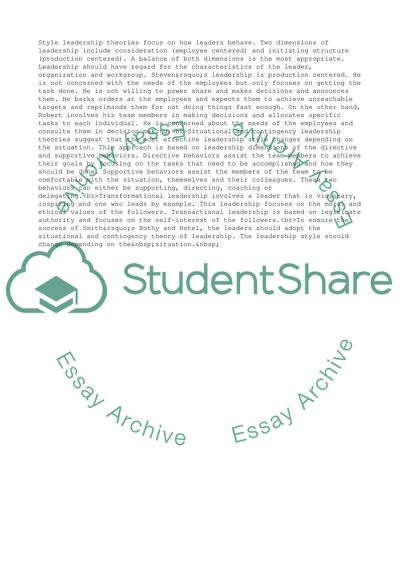Cite this document
(“Learning, Managing and Developing People, Leadership Theories Assignment”, n.d.)
Learning, Managing and Developing People, Leadership Theories Assignment. Retrieved from https://studentshare.org/business/1586932-learning-managing-and-developing-people-cipd-module
Learning, Managing and Developing People, Leadership Theories Assignment. Retrieved from https://studentshare.org/business/1586932-learning-managing-and-developing-people-cipd-module
(Learning, Managing and Developing People, Leadership Theories Assignment)
Learning, Managing and Developing People, Leadership Theories Assignment. https://studentshare.org/business/1586932-learning-managing-and-developing-people-cipd-module.
Learning, Managing and Developing People, Leadership Theories Assignment. https://studentshare.org/business/1586932-learning-managing-and-developing-people-cipd-module.
“Learning, Managing and Developing People, Leadership Theories Assignment”, n.d. https://studentshare.org/business/1586932-learning-managing-and-developing-people-cipd-module.


